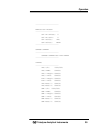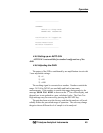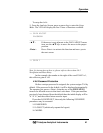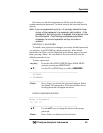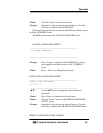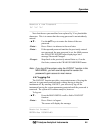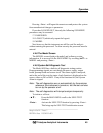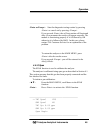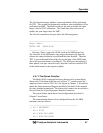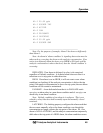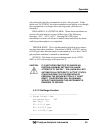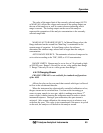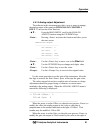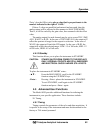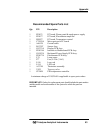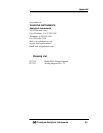
Operation
Teledyne Analytical Instruments 48
AL-1 20.00 ppb
AL-1 SOURCE THC
AL-2 ACTIVE
AL-2 LOW
AL-2 FAILSAFE
AL-2 LATCHING
AL-2 50.00 ppb
AL-2 SOURCE SMP
________________________________________________
Note: For the purpose of example, Alarm 2 has been set differently
than Alarm 1.
Note: An alarm in 'alarm condition' is signaling that action must be
taken such as correcting the alarm or the analysis concentration. If an
active (not defeated) alarm has been set to HIGH at 20.0 ppb, and the
analysis concentration is above that level, then the 'alarm condition' is
occurring.
DEFEATED: If an alarm is defeated, its relay is de-energized,
regardless of failsafe condition. A defeated alarm does not react to a
transition over its trip point in either direction.
HIGH: If an alarm is set as HIGH, it will not create a new alarm
condition (see latching) if the analysis concentration is below the trip
point, if the analysis concentration is above the trip point, then an alarm
condition will be created or maintained.
FAILSAFE: A non-defeated alarm that is in FAILSAFE mode
energizes an alarm relay in a non-alarm condition and de-energizes an
alarm relay in an alarm condition.
Note: Failsafe condition of an alarm is in software. This is not
related to relays that have both normally-open and normally-closed
terminals.
LATCHING: The latching property configures the alarm such that
the user must manually relieve the alarm condition even though the
concentration no longer violates the trip point of the alarm. So, if an
alarm is NON-LATCHING, and the analysis concentration temporarily
drifts above the trip point of a HIGH alarm, the alarm condition occurs



